Measurement Teaching Resources
Is your math class ready to dive into length measurement, measuring objects, and more measurement practice? Say hello to printable measurement worksheets, games, and digital activities created by teachers for elementary teachers!
This collection of teaching resources was created by our expert math teachers to help students meet Common Core and state-level standards. Each printable and digital download has undergone a rigorous review by the teachers on the Teach Starter team to ensure they’re student-ready — so you can cut down on lesson planning time!
New to teaching this part of the math curriculum? Our teacher team knows what it’s like to suddenly teach a brand-new grade level, so we’ve put together a quick guide to teaching measurement!
What Are the 4 steps of Teaching and Learning Measurement?
Elementary students have to learn a long list of measurement concepts during their stint in elementary school, including:
- length
- liquid volume
- elapsed time
- mass (weight)
- area
- volume of three-dimensional figures
The good news for teachers: Most measurement concepts have very real-world applications for students. That means there's a whole world of ways to get students excited about reading a ruler or tape measure or weighing heavy objects on a scale.
But before you can get there, let's start with the basic steps to work through when you're teaching students how to measure ... well ... anything!
- Direct comparison — One of the earliest steps of learning measurement is learning the attributes that are being measured. For example, students need to learn what length is if they're ever going to measure it. That's where direct comparison (and step 2, indirect comparison), come in. If you put 2 objects side by side, students can directly compare which is longer and which is shorter and start to understand how to measure an object.
- Indirect comparison — What happens when you can't directly compare two objects? You can add a third as a reference point for indirect comparison, thereby increasing student understanding of the attribute being measured.
- Measuring with non-standard units or informal units — Just as students need to understand the attribute of measuring, they also need to understand the concept of the units we use to measure such as inches or pounds. Using non-standard units is the first step to teaching the concept of units, offering students the chance to work with different objects, counting how many of these "units" it takes to make up another. This is the fundamental base of measurement.
- Measuring with standard units — Finally, in the final step of teaching measurement, students move on to using the formal units of measurement and learn to use measurement instruments.
Why Is Teaching Measurement Important?
There are concrete uses for learning measurement that will surely spring to mind — from using a tape measure to measure a space in a home to weighing ingredients when baking to determining the capacity of a juice glass before pouring in the liquid. These are all means for quantifying our environment.
But the benefits of teaching students about measuring lines with a ruler or figuring out mass measurements from largest to smallest go well beyond the obvious. Learning to measure helps students develop spatial and number skills.
- Plus Plan

Revision of Volume
A 60 minute lesson in which students will revise and consolidate the concept of volume.
- Plus Plan
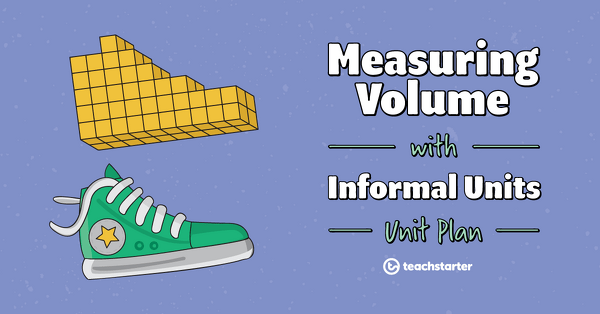
Volume Investigation - The Land of Cubes
A 60 minute lesson in which students will apply knowledge and understanding of volume to a real-world context.
- Plus Plan
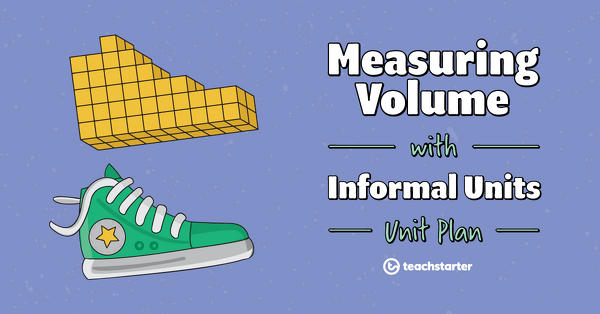
Measuring Volume
A 60 minute lesson in which students will measure volumes of 3D objects using informal units.
- Plus Plan
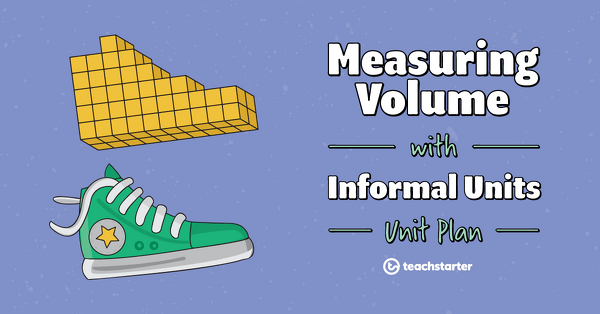
Introduction to Volume
A 60 minute lesson in which students will explore the concept of volume by comparing and ordering objects.
- Plus Plan
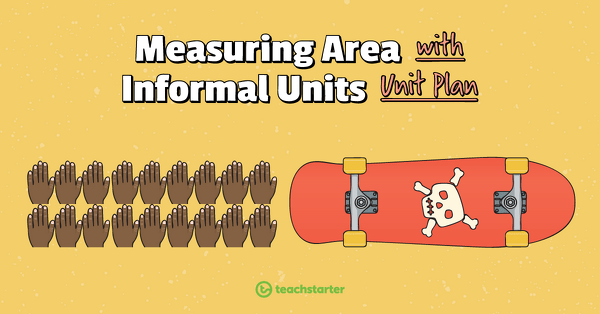
Assessment - Measuring Area with Informal Units
A 30-minute assessment in which students will demonstrate their knowledge and understanding of area.
- Plus Plan
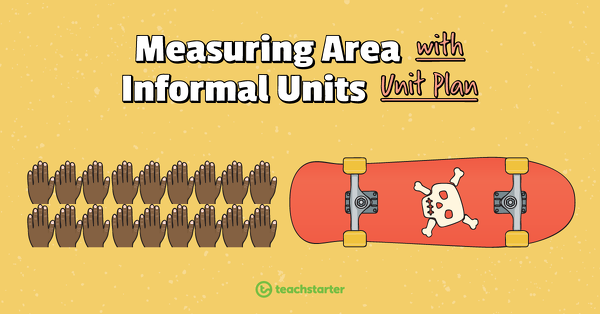
Review of Area
A 60-minute lesson in which students will review the concept of area.
- Plus Plan
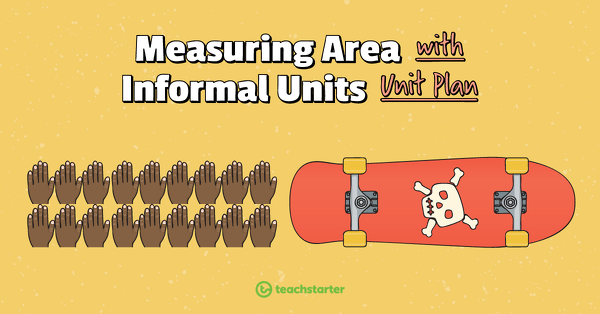
Area Investigation - Big, Loud Feet!
A 60 minute lesson in which students will apply knowledge and understanding of area to a real-world context.
- Plus Plan
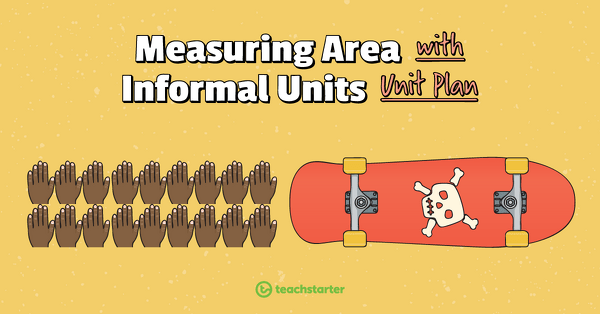
Measuring Area of Shapes
A 60 minute lesson in which students will measure the area of shapes using informal square units.
- Plus Plan
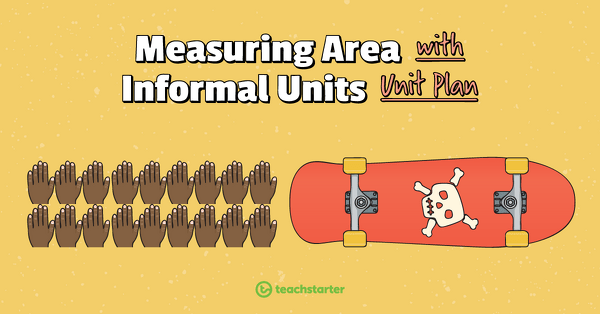
Measuring Area
A 60 minute lesson in which students will explore the concept of area and how it can be measured using informal square units.
- Plus Plan
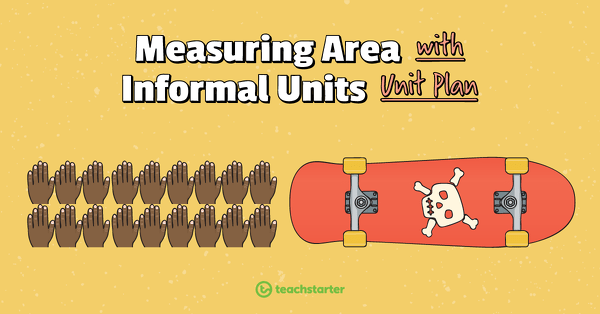
Introduction to Area
A 60 minute lesson in which students will explore the concept of area and how it can be measured using informal units.
- Plus Plan
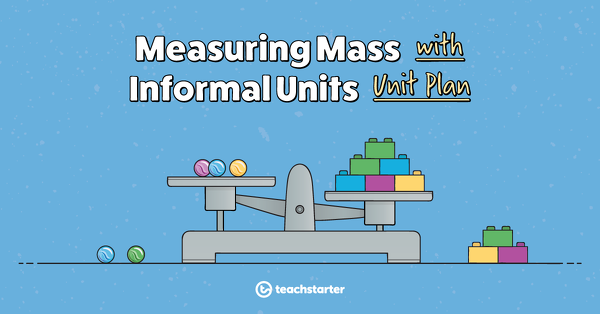
Review of Mass
A 60-minute lesson in which students will review the concept of mass.
- Plus Plan
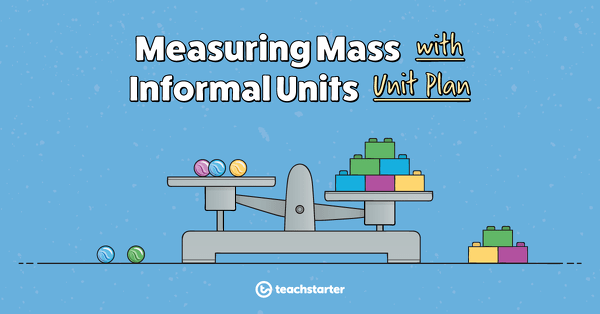
Mass Investigation - How Heavy Are the Objects in Your Classroom?
A 60-minute lesson in which students will apply knowledge and understanding of mass to a real-world context.
- Plus Plan
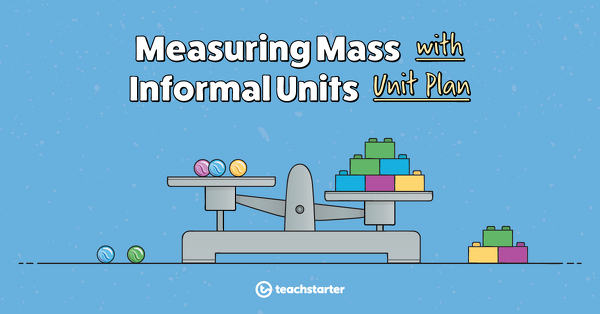
Comparing and Ordering Mass
A 60-minute lesson in which students will develop the concept of mass by comparing and ordering the masses of objects.
- Plus Plan
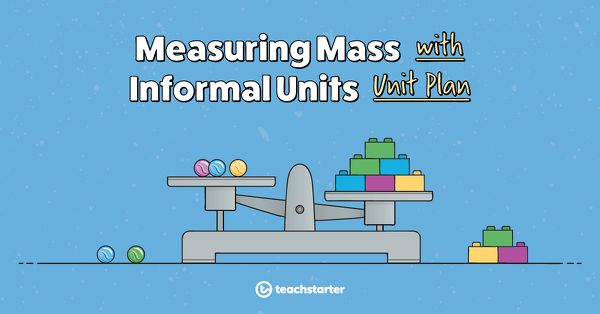
Using Balance Scales
A 60-minute lesson in which students will create a set of balance scales for measuring and comparing the masses of objects.
- Plus Plan

Introduction to Mass
A 60-minute lesson in which students will explore the concept of mass by comparing and ordering objects.
- Plus Plan
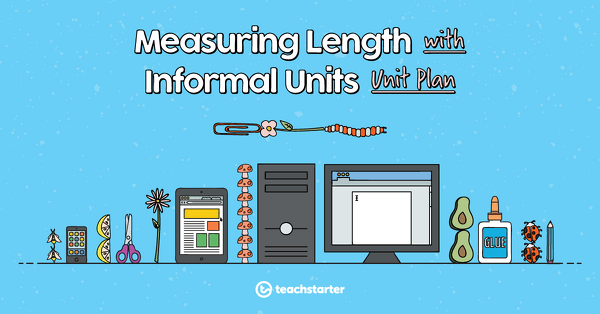
Review of Length
A 60 minute lesson in which students will review the concept of length.
- Plus Plan
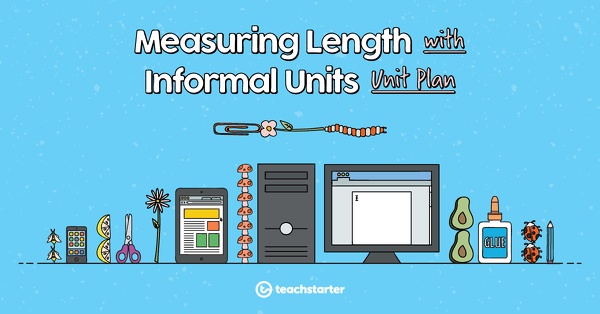
Length Investigation - The Longest Finger
A 60 minute lesson in which students will apply knowledge and understanding of length to a real-world context.
- Plus Plan
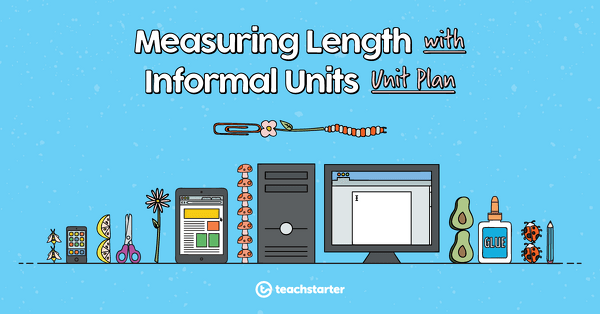
Measuring, Comparing, and Ordering Height
A 60 minute lesson in which students will measure, compare, and order height using informal units.
- Plus Plan
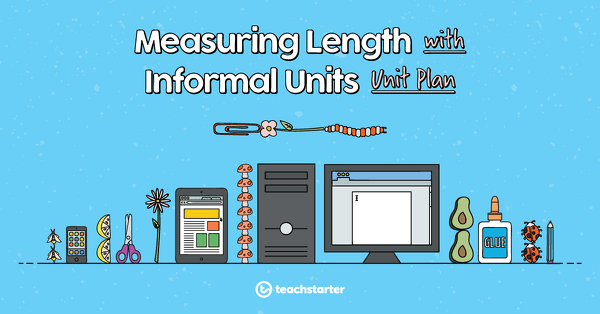
Measuring and Comparing Length
A 60 minute lesson in which students will measure and compare lengths of objects using informal units.
- Plus Plan
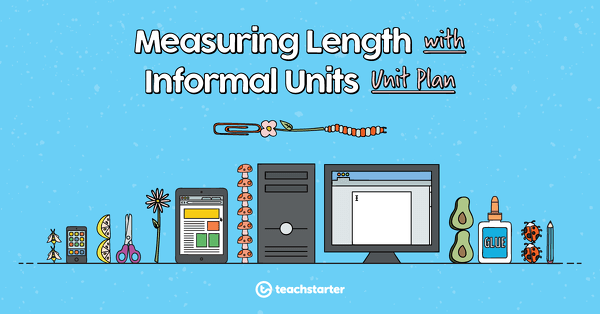
Measuring with Dinosaur Footprints
A 60 minute lesson in which students will measure and compare lengths of objects using informal units.
- Plus Plan
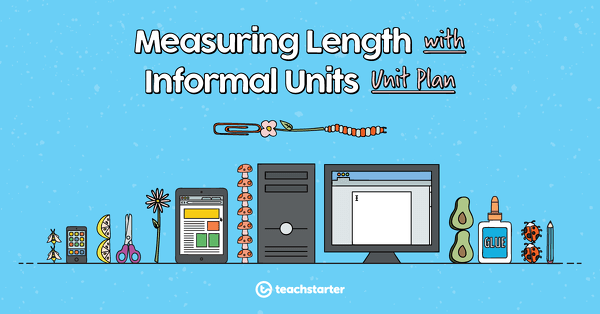
Assessment - Measuring Length with Informal Units
A 30 minute assessment in which students will demonstrate their knowledge and understanding of length.
- Plus Plan
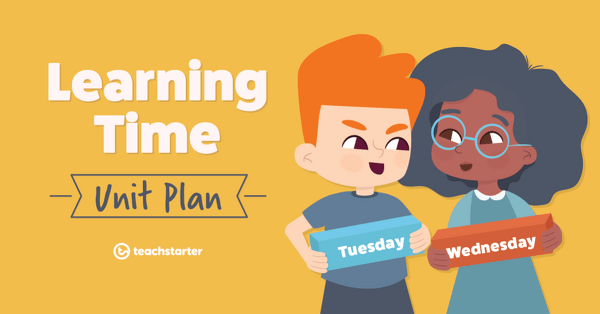
It's About Time!
An assessment task in which students will cut and paste familiar events under the headings, Morning, Afternoon and Evening.
- Plus Plan
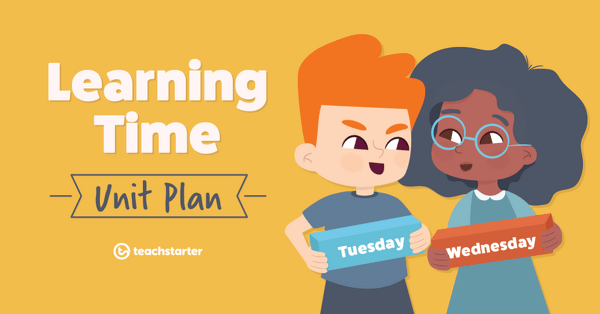
How Long is This Going to Take?
A 30-minute lesson in which students will estimate the time needed to complete a set of given tasks.
- Plus Plan
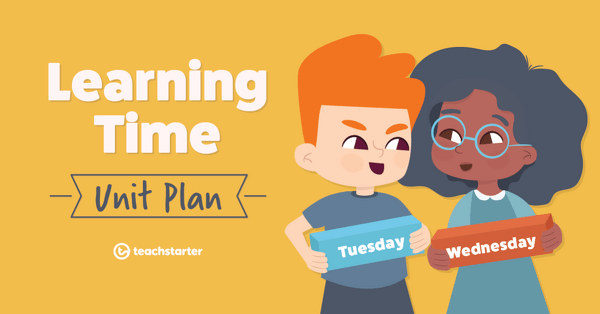
Times of Day
A 30-minute lesson in which students will know and identify the days of the week and link specific events to when they occur – morning, afternoon, and evening.
- Plus Plan

Informal Times of Day
A 30-minute lesson in which students will know and identify the days of the week and link events to specific informal times of the day, i.e., morning, afternoon, and evening.
- Plus Plan
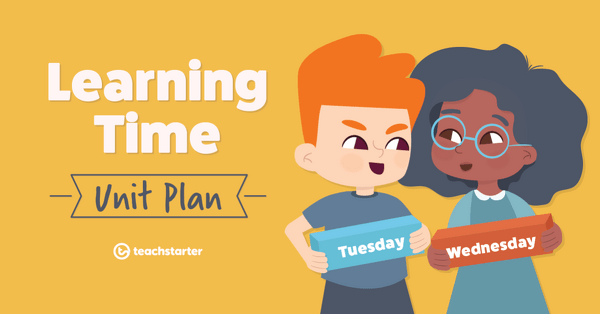
Days of the Week
A 30-minute lesson in which students will learn the days of the week in the correct order.
- Plus Plan
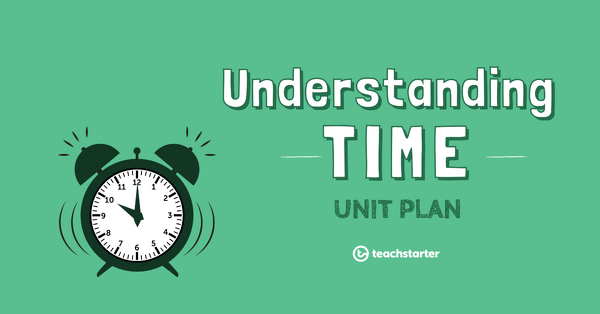
The Test of Time
A 60 minute assessment in which students will demonstrate their knowledge and understanding of time.
- Plus Plan
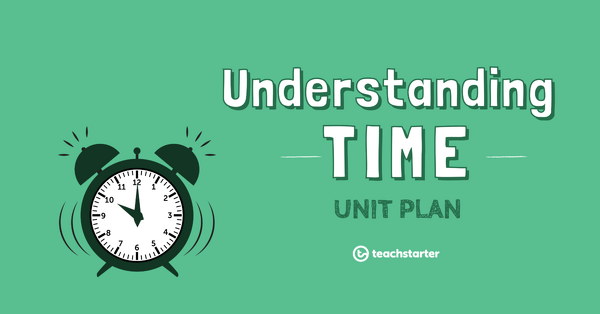
Time After Time
A 60 minute lesson in which students will understand am and pm notation and calculate elapsed time.
- Plus Plan
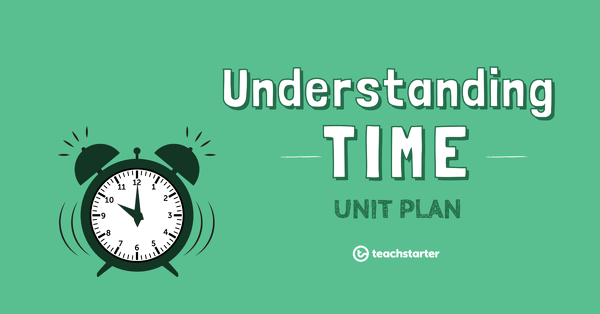
The Sands of Time
A 60 minute lesson in which students will apply their knowledge and understanding of time to a real-world context.
- Plus Plan
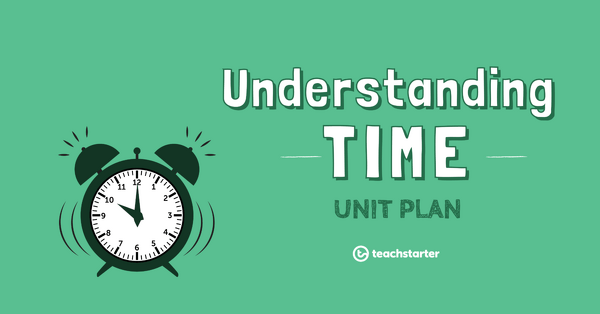
This is the Time
A 60 minute lesson in which students will refine and consolidate their knowledge of time conversions.
- Plus Plan

Telling the Time Assessment - Year 1 and Year 2
A 60 minute assessment designed to assess student learning.
- Plus Plan
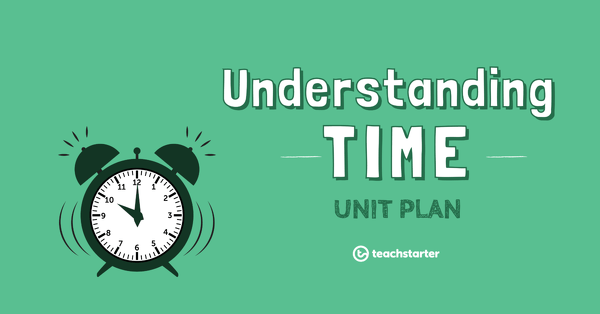
A Moment in Time
A 60 minute lesson in which students will explore units of time and how to convert between them.
- Measurement Worksheets
- Measurement Games
- Measurement Posters
- Measurement Templates
- Measurement Projects
- Measurement for Pre-K
- Measurement for Kindergarten
- Measurement for 1st Grade
- Measurement for 2nd Grade
- Measurement for 3rd Grade
- Measurement for 4th Grade
- Measurement for 5th Grade
- Measurement for 6th Grade